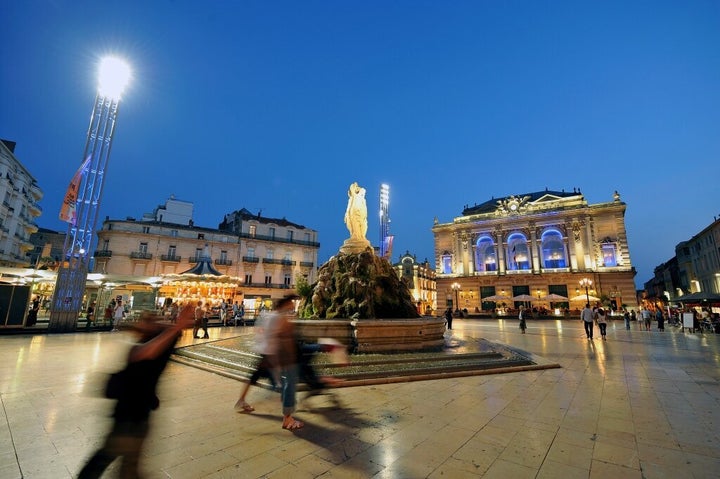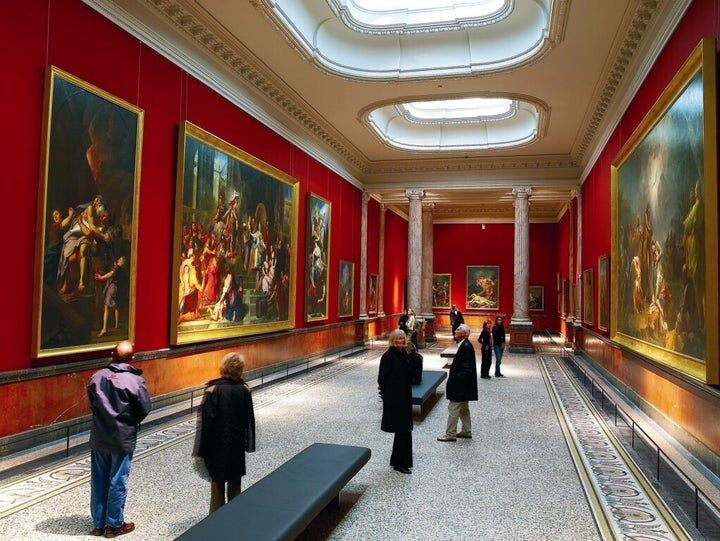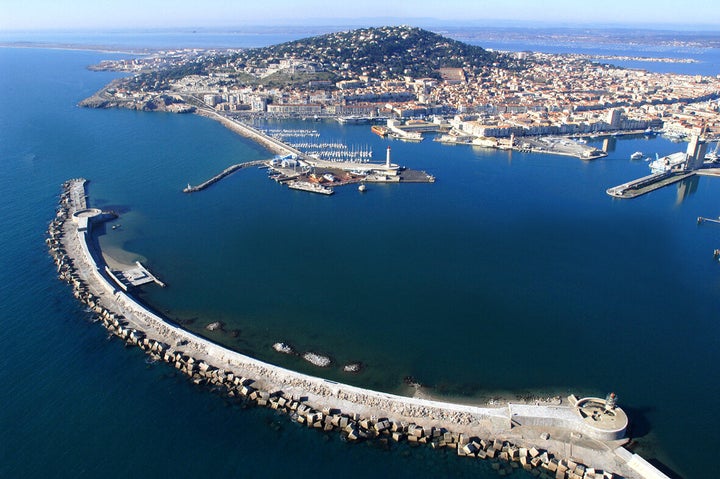We arrived in Montpellier late afternoon on the Friday. Montpellier is the capital of the Languedoc-Roussillon region. It is the eighth largest city of the country and is also the fastest growing city in France in over the past twenty five years. After a light lunch we decided to go check out the old town.
Since 2001, Montpellier has been divided into seven very distinct official neighbourhoods. The majority of the buildings of the historic centre of Montpellier (the Ecusson) have medieval roots and have been modified between the 16th and the 18th century. We headed out to the Place de la Comedie, which along with the Opera Comedie was built in 1888. The Place de la Comedie is the main hub of the city. And by early evening the Square was swarming with people of all ages. Some use it as a meeting point, others chose to hang out there. It was a beautiful evening and we decided to pitch up at one of the cafes on the square and people watch.
Day Two
Today we had the opportunity to take a short guided tour of Montpellier and to meet a very prominent young violin maker, in his workshop. Yann Poulain spent his childhood in Brittany and he learned to play the violin from his grandfather, who was a violinist in an orchestra. He graduated from school and got his baccalaureate in 1997. In order to learn violin making, he obtained a City & Guilds of cabinet making in one year. He then trained for a further three years at the Newark School of Violin Making.
In 2005, he created his workshop in Montpellier where he makes his own instruments. His work has been presented in famous exhibitions such as Musicora in Paris, Mondomusica in Cremona, and RNCM Cello Festival in Manchester just to name a few. Inspired by the cremonese masters of the golden period, he wants his work to be free, genuine without restraint.
Yann very kindly talked us through exactly what it takes to make a violin. It is a very slow and long process, and you have to have a great deal of patience and attention to detail in order to succeed. He was a fascinating young man, and it was wonderful to see someone so young working away at such an ancient craft.
Suitably inspired, we headed out to lunch, before our journey to our next location, Sete.
We arrived in Sete early afternoon, and checked into the Hotel de Paris. The hotel is very centrally located and has great views. Each room in the hotel has been built like a unique piece of art with its own identity. It's a very modern, trendy boutique hotel.
Sete has all the attractions of a town-centre port. Sete owes its foundation in 1666 to three characters, Paul Riquet, Louis XIV and the Chevalier de Clerville. The former wanted an opening into the Mediterranean for the Canal du Middi, the King desired an export port for Languedoc products, while the latter identified the Cape of Sete as the most appropriate spot. And so the port was born. The St Louis breakwater built to protect the entrance to the old port has accommodated boats ever since. It was also in 1666, on St Louis' Day, that the first jousting tournaments took place, a tradition now deeply embedded in local culture.
Built on the flanks of Mont St Clair, wedged between the Thau Lagoon, the sea and the canals, Sete is one of the largest ports on the Mediterranean. It is also a cosmopolitan city, in which its foreign communities, mostly Italians, contribute to its picturesque atmosphere.
Sete is also well known for being an artists' town, occupying a position midway between tradition and the avant-garde. And as such there are numerous galleries dotted around the town.
We decided to visit the contemporary art centre of Sete, to discover the Dock Sud painter's gallery with exhibitions of Montpellier and Sete painters as well as Chinese painters. And we chose to visit the Miam, an international museum of the "arts modesties". The museum was created by the painter Herve Di Rosas, a native of Sete, in celebration of the glory of present-day objects.
For dinner we headed out to the Quai 17 restaurant which is situated in the Grand Hotel. Again we were surrounded by paintings by local artists.
Suitably stuffed, we retired back to the Hotel Paris for a good night's sleep.
Day three
No visit to Sete is complete without making a trip out to Mont Saint-Clair, from where you will see the most extraordinary panoramic views of Sete and Marseillan towns and their fishing harbours.
All too soon it was time for us to make tracks and head back home.
www.sunfrance.com
Place de la Comedie

Musee Fabre

Sete
